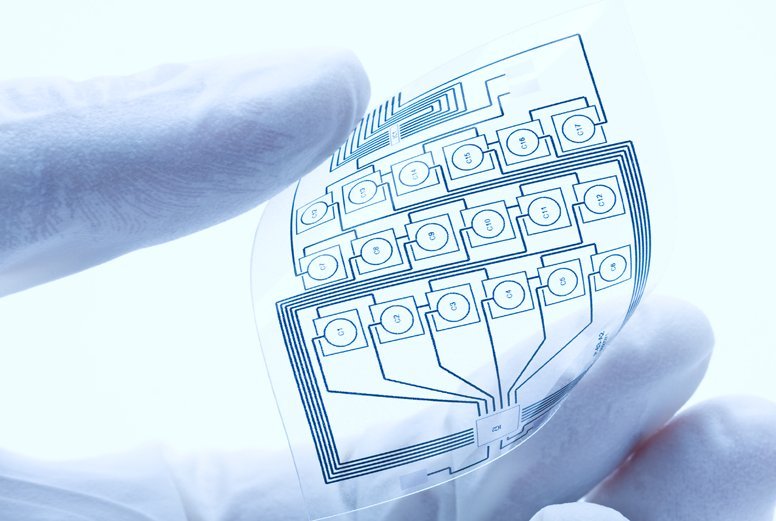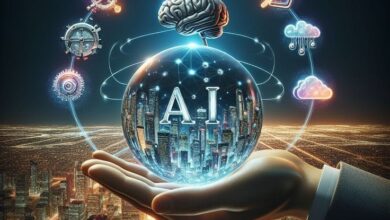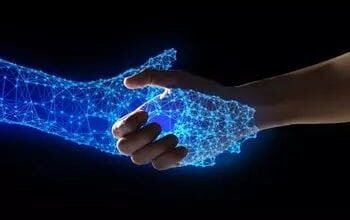“The Robot Revolution: How AI is Shaping the Future of Smart Machines”
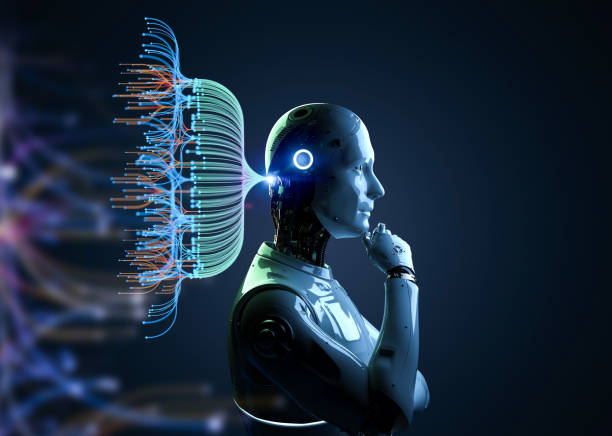
Robots are mechanical devices or machines programmed to perform specific tasks autonomously or semi-autonomously, often using artificial intelligence and advanced software.
Robots vary in shapes and functions; some resemble humans or animals, while others take the form of mechanical arms or industrial equipment.
Robots are used in various fields such as manufacturing, medicine, space exploration, and agriculture, where they perform a wide range of tasks such as assembly, surgery, and exploration in environments that are difficult for humans to reach.
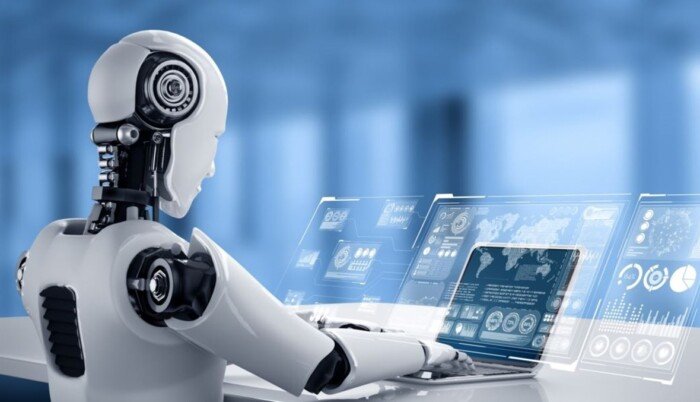
Artificial intelligence (AI) plays a pivotal and multifaceted role in the development and manufacturing of robots, serving as the driving force behind these advanced devices.
This role can be broken down into several detailed aspects, highlighting how AI helps robots achieve higher levels of autonomy, efficiency, and interaction with their environment.
1. Advanced Data Processing and Decision-Making:Robots equipped with AI rely on analyzing massive amounts of data collected from sensors, cameras, and other tools.
This data is used to understand the world around the robot and make appropriate decisions.
For example:In manufacturing robots, AI analyzes live data to detect potential problems or malfunctions in production processes and takes corrective action before issues arise.
In medical robots, AI is used to analyze medical images, such as X-rays, and provide recommendations or assist in complex surgical operations.

2. Machine Learning:Machine learning, a branch of AI, enables robots to improve their performance over time by learning from past experiences.
Using complex algorithms, robots can adapt to changing conditions and become more efficient at performing certain tasks. Some applications include:Collaborative Learning: Industrial robots in factories can improve assembly performance and cooperate with other robots based on data collected during operation.Self-Learning: Home robots, such as smart vacuum cleaners, learn the layout of homes and choose the best cleaning paths over time.
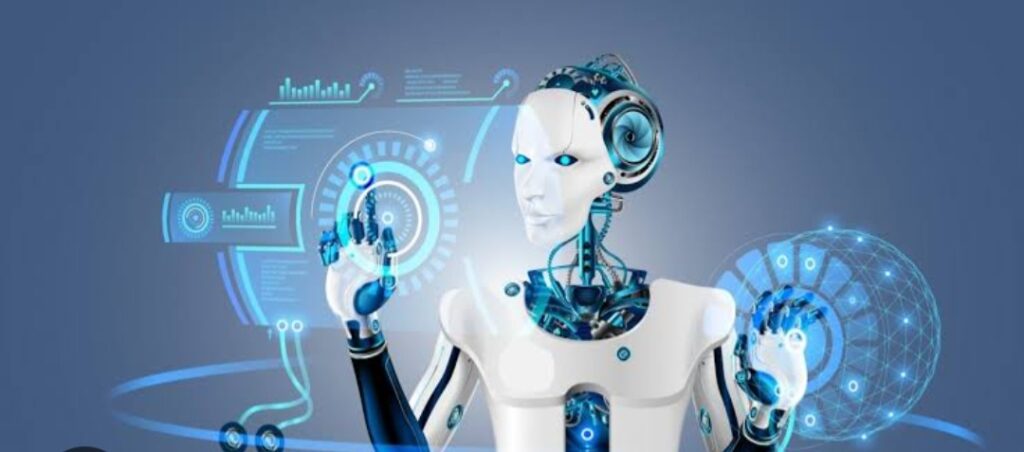
3. Computer Vision and Image Processing:AI is heavily used to give robots the ability to see and recognize objects through computer vision. Robots can recognize faces, objects, or even read texts using techniques like image recognition and pattern recognition. Some examples:In self-driving cars, AI is used to detect obstacles, traffic signs, and pedestrians to make safe driving decisions.Medical robots can identify tumors and different tissues by analyzing medical images.
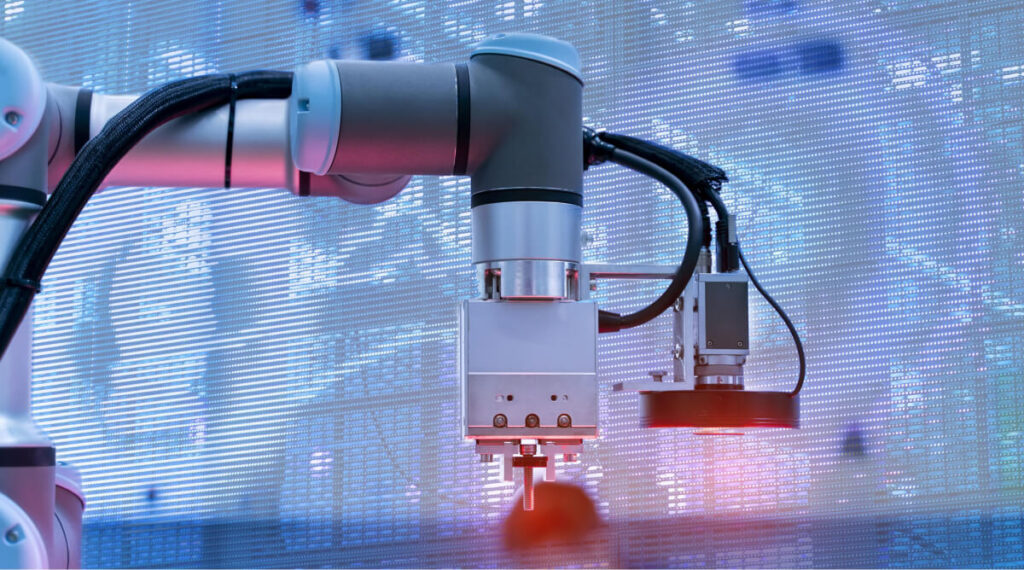
4. Natural Human Interaction:AI has enabled robots to interact with humans in a more natural and seamless manner by understanding natural language processing (NLP) and recognizing emotions. Robots today can understand and respond to voice commands logically and effectively.
For example:Personal assistants like chatbots rely on AI to understand questions and provide appropriate answers, just like home robots that can help with daily tasks such as scheduling or managing home devices.
In healthcare, robots use AI to assist patients in communication and understanding their needs, allowing doctors and nurses to focus on more critical tasks.
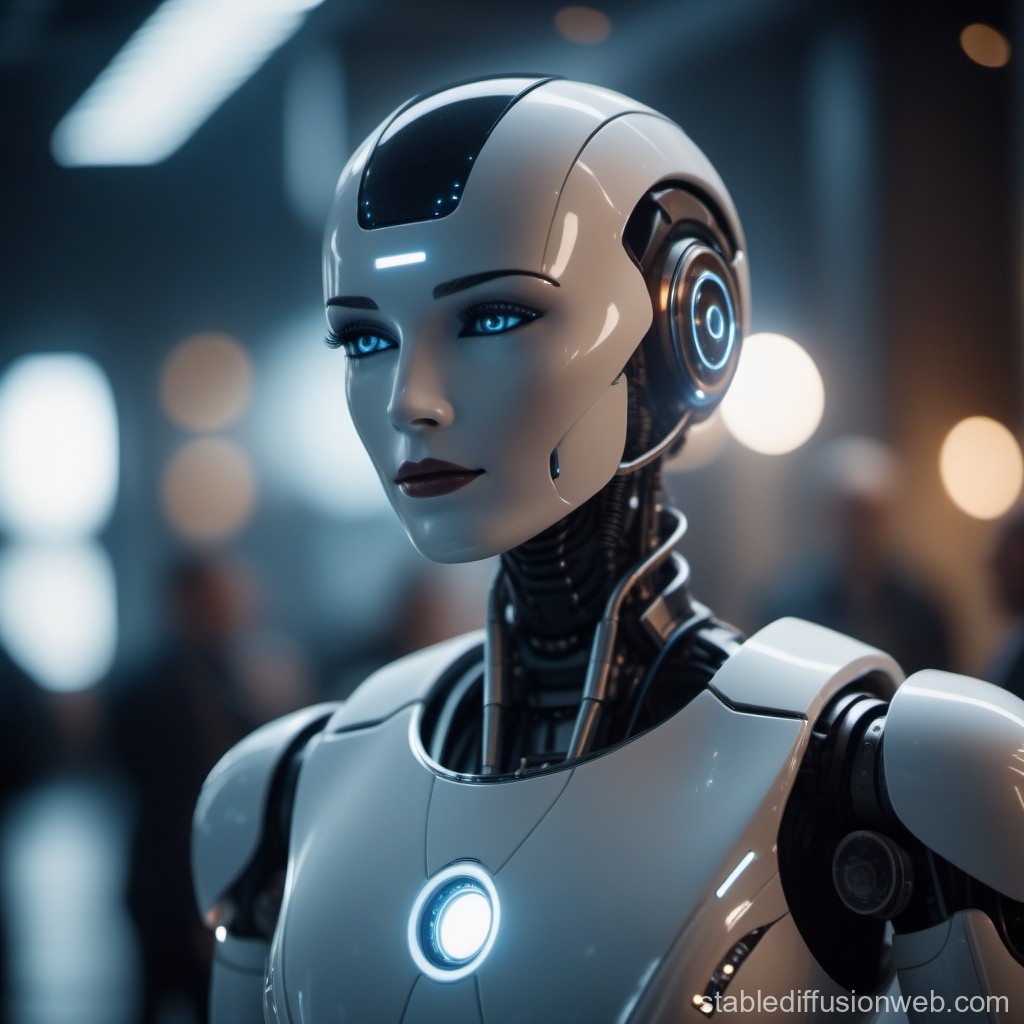
5. Autonomous Navigation and Motion Control:Autonomous navigation is one of the most important applications of AI in robots.
By analyzing data from sensors such as cameras, lidar, and radar, robots can understand their environment and make movement decisions, such as walking, flying, or even diving.
For example:Drones use AI to control flight, avoid aerial obstacles, and navigate in difficult environments.
Robots used in industrial warehouses move independently between shelves to transport goods without human intervention, increasing efficiency and speed.
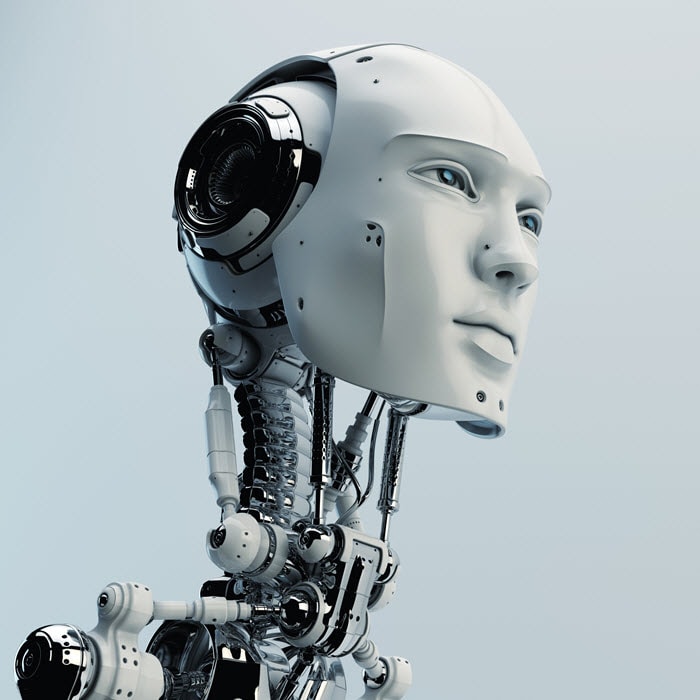
6. Behavior Analysis and Real-Time Decision-Making:AI helps robots evaluate surrounding situations and make immediate decisions based on present data.
This capability is crucial in fields like:Crisis Response: Robots used in rescue teams or hazardous environments, such as nuclear reactors or disaster sites, can make quick decisions about their path based on rapid situation analysis.Manufacturing: Robots can adapt in real-time to sudden changes in production processes or detect product defects and automatically fix them.

7. Advanced Autonomy:AI grants robots the ability to work independently without constant human guidance.
These autonomous robots use a combination of smart algorithms and sensors to interact with their environment and adjust their behavior accordingly.
This autonomy is utilized in fields such as:Space Exploration: Exploratory robots, such as those used on Mars, rely on AI to make decisions about where to explore and how to navigate rough terrain.
Smart Agriculture: Autonomous agricultural robots use AI to monitor crop conditions and determine the right time for irrigation or harvesting without human intervention.

Conclusion:AI is the primary component that transforms robots from mere mechanical tools into intelligent and efficient devices.
Thanks to AI, robots today can learn, interact with complex environments, make quick decisions, and even engage with humans in natural ways.
This development opens the door to a future full of possibilities for integrating robots into our daily lives in ways previously unimaginable.
